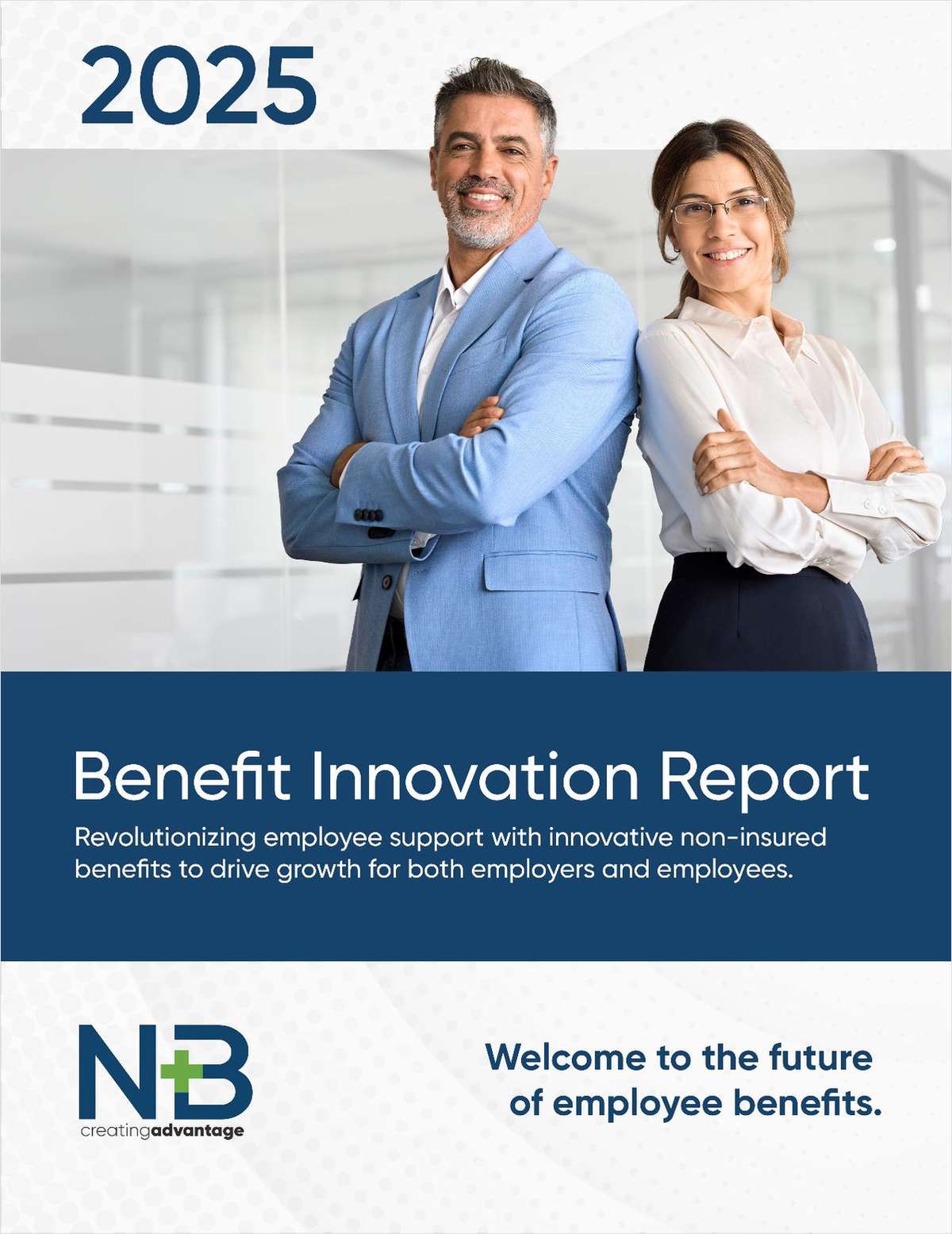Recently, there has been significant growth and awareness of work well-being, or wellness, programs. These programs include digital platforms and apps, on-site fitness centers, mindfulness/stress reduction tools, healthy snacks and standing desks.
In addition to promoting healthfulness, how do wellness programs impact our human capital?
What is human capital? While most people think of capital as cash, machinery or a tangible object, there is capital that can be attributed to a human being. This capital is known by economists as “human capital.”
Human capital is based on the premise that investment in attributes such as education, job skills and personal health and wellness, will have value over one’s lifetime to employers and to society as a whole.
The amount of this value is known as the return on human capital. How is this return measured? Most studies have focused on an individual’s earnings as a function of their amount of education.
Despite differing results, there has been general agreement that investment in human capital (primarily measured by education), can increase earnings, as well as lower crime and poverty rates.
Additionally, human capital can also impact the length and quality of a person’s retirement years. Morningstar, a well-known investment research firm, has factored human capital into its investor lifetime asset allocation model.
According to Morningstar, a person owns two kinds of assets: (a) financial capital (stocks, bonds, cash, etc.) and (b) human capital, which includes wellness, and yields an income stream over one’s lifetime.
In Morningstar’s model, a person allocates their resources over his or her lifetime between financial capital and human capital.
A younger person will tend to have a greater portion of human capital while a person at or near retirement will generally have a greater degree of financial capital as his or her human capital naturally diminishes.
However, regardless of age, wellness can increase human capital.
Wellness can also have benefits from a retirement standpoint: Greater work productivity can add to one’s financial wealth (i.e., his or her savings pension and 401(k)); and it can enhance his or her “return to human capital” horizon, resulting in greater earning power in later years, including after retirement.
In summary, many factors impact retirement, including age, health, tax bracket and wellness. Human capital, unlike machines, is not a static investment.
Human capital can depreciate but can also be enhanced over a person’s lifetime through education, skills and investment in wellness, including at home and in the workplace.
While people ultimately accumulate their own human capital, corporate and social programs can also impact its quality, quantity and return.
NOTE: Information presented herein is for discussion and illustrative purposes only and is not a recommendation or an offer or solicitation to buy or sell any securities. Past performance is not a guarantee of future results.
Frederic Slade is AVP-Senior Director, Investments for Pentegra Retirement Services.
Complete your profile to continue reading and get FREE access to BenefitsPRO, part of your ALM digital membership.
Your access to unlimited BenefitsPRO content isn’t changing.
Once you are an ALM digital member, you’ll receive:
- Breaking benefits news and analysis, on-site and via our newsletters and custom alerts
- Educational webcasts, white papers, and ebooks from industry thought leaders
- Critical converage of the property casualty insurance and financial advisory markets on our other ALM sites, PropertyCasualty360 and ThinkAdvisor
Already have an account? Sign In Now
© 2024 ALM Global, LLC, All Rights Reserved. Request academic re-use from www.copyright.com. All other uses, submit a request to [email protected]. For more information visit Asset & Logo Licensing.








